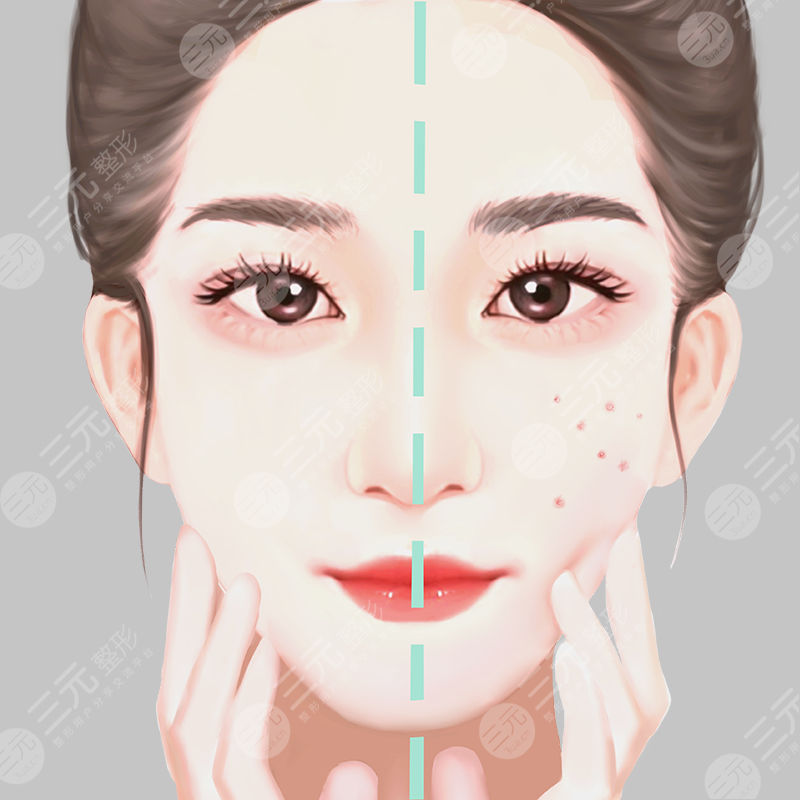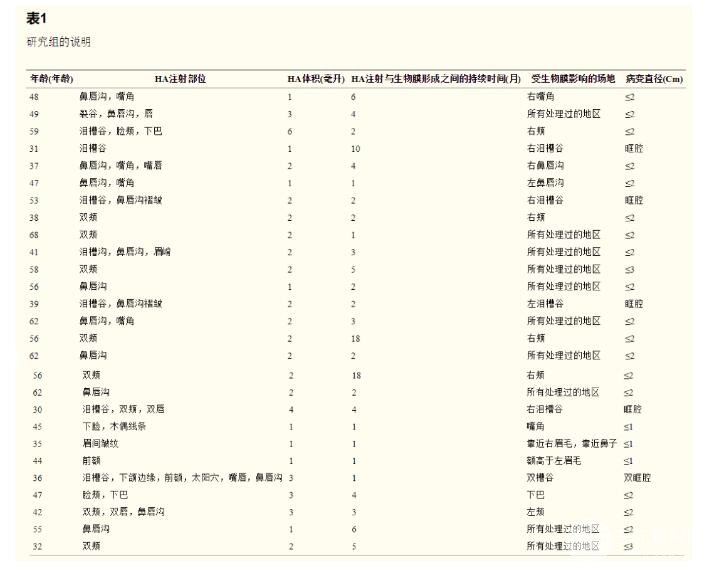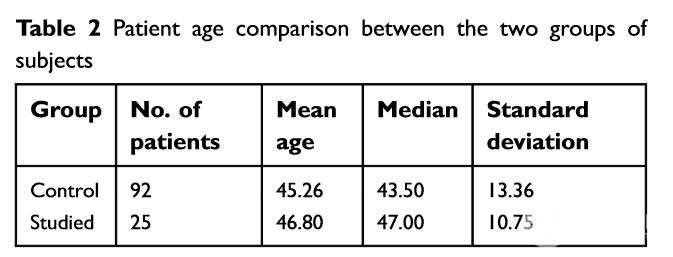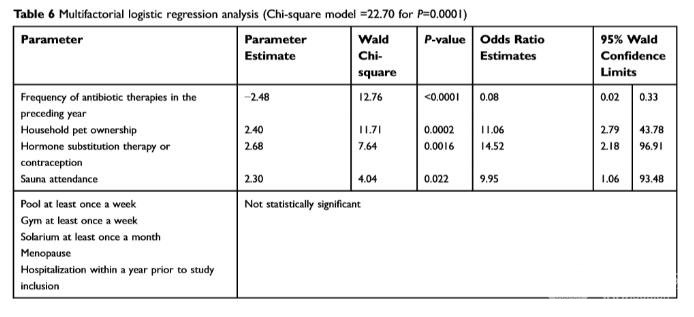At present, the application of skin filler has become quite common, In 2018 alone, the United States conducted 2, 676 and 970 skin filler treatments.
Late bacterial infection is a relatively rare complication of skin and soft tissue filler injection. Because it is difficult to treat, it often causes long-term damage to the patient's face. The incidence of late bacterial infection ranged from 0.01% to 0.1%. Therefore, careful assessment of the patient's eligibility for surgery is essential to reduce the patient's risk.

Contraindications to injecting skin filler
The relative contraindications of skin filler include local skin infection, local tissue infection (such as ear, nose, tooth abscess) and systemic infection (such as gastroenteritis, bladder infection, active collagen disease, immune injury, tuberculosis, etc.).
Contraindications of skin fillers include skin inflammation (such as atopic dermatitis, allergic dermatitis, sensitive skin syndrome, seborrheic dermatitis, active acne rosacea), non infectious gastrointestinal diseases, transplant patients, thyroid dysfunction and skin collagen disease.
In addition, skin disinfection, use of sterile tools and materials, avoidance of pollution and materials, avoidance of pollution and prevention of infection are also key measures. The early bacterial infection in the first week after injection is usually directly related to the non observance of sterile surgery, and the common reason is the infection of Staphylococcus aureus or Streptococcus pyogenes.

Lifestyle and late bacterial infections
The late bacterial infection within weeks to months after injection is more likely to be related to the formation of bacterial biofilm. The culture test of bacterial biofilm is usually negative, and only aseptic and antiseptic measures can not completely prevent late infection. In addition, some known factors that increase the risk of advanced bacterial infection have not been fully clarified. In order to reduce the risk of infection, it is generally recommended that patients do not wear makeup one month before surgery, and patients are encouraged to use broad-spectrum antibiotics prophylactically before and after injection.
In recent years, it has been reported that specific lifestyle factors are related to the risk of various diseases, including infection. However, lifestyle related factors may affect the risk of late bacterial infection after skin filling, but have not been studied.
A recent Polish researcher, Wojciech Marusza, studied whether lifestyle could increase the incidence of advanced bacterial infections.

research method
The researchers recruited healthy women volunteers from all parts of Poland as the control group to inject cross-linked hyaluronic acid filler. All patients in the control group received at least 1 ml subcutaneous injection of cross-linked hyaluronic acid filler with a concentration of 20-26 mg/ml. 92 female volunteers in the control group had no complications within 24 months after the same injection. Twenty five women were infected with late-onset bacteria after receiving injection of cross-linked hyaluronic acid filler.
Exclusion criteria:
Patients with allergic reaction caused by cross-linked hyaluronic acid gel;
Early bacterial infection occurred at the injection site;
Patients who completed the questionnaire incompletely or incorrectly.
After obtaining written consent, interview all patients to obtain data related to lifestyle. The data were analyzed by chi square test and logistic regression.

Research results
Overview of infection group members
Twenty five women in the infection group experienced redness, swelling, pain, induration and pus discharge within 1-18 months after injection.

Lifestyle related factors
Age;
occupation;
12 months before the injection of antibiotics;
Hospitalization within 12 months before injection;
Domestic pets (such as dogs, cats, small rodents);
Reproductive status (menstruation or menopause);
Use of hormone replacement therapy or contraceptives;
Participate in sports activities at least once a week;
Participate in swimming pool activities at least once a week;
Participate in sauna at least once a month;
Sunbathe at least once a month.

statistical analysis
A. Age comparison of two groups of subjects
The average age of the infected group (n=25) was 46.80 years old, and the average age of the control group (n=92) was 45.26 years old.

B. Occupational comparison between two groups of subjects
In the infection group, 13 patients (52%) were engaged in non-medical white-collar occupations (bank staff, public sector officials, sales managers, businesswomen, accountants, teachers, lawyers, information technology experts, judges, architects, economists, academic teachers, journalists, secretaries, engineers), and 4 (16%) were engaged in medical or auxiliary medical occupations (beauty, nurses, doctors, veterinarians, dentists), 8 (32%) are housewives (housewives, retirees).
In the control group, 66 cases (71.74%) were non medical white-collar workers, 17 cases (18.48%) were medical or auxiliary medical professions, and 9 cases (9.78%) were housewives.

C. Comparison of life styles between the two groups
The two groups were compared in terms of hospitalization, antibiotic treatment, use of hormone replacement therapy or contraceptives, ownership of family pets, and swimming pool, gym, sauna or sunbath.

D. Comparison of antibiotic use between two groups of subjects
Twenty women in the infection group (80%) and 26 women in the control group (28.26%) used antibiotics. Twenty women in the infection group received 37 kinds of antibiotics 12 months before the study, and 26 women in the control group received 30 kinds of antibiotics. The average frequency of antibiotic use is shown in the table above. Statistical analysis showed that the total number of antibiotic treatment, hormone replacement therapy or contraceptives, family pets, swimming pool, sauna and gym were significantly different from the control group (p<0.05).

E. Logistic regression analysis
Logistic regression analysis showed that antibiotic treatment, hormone replacement therapy or contraception, family pet feeding and sauna care had a significant impact on the possibility of advanced bacterial infection.

summary
Compared with the infected group, the control group has a more active lifestyle, a higher proportion of domestic pets, and a lower frequency of antibiotic use. In short, these factors are likely to affect the diversity of flora, thus reducing the possibility of late bacterial infection after the use of soft tissue fillers.





















